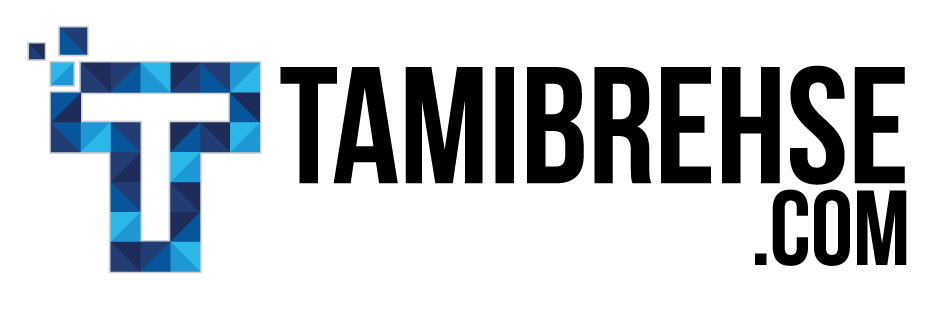Calls to action, also known as CTAs, are the elements of your website (or emails, or ads, or social media posts) that ask the reader to do something.
Buy a product. Subscribe to your mailing list. Call you for a free consultation. Anything you can dream up to ask your customer to do is a call to action for your business. Here’s an example from the Quicksprout blog:
Even if you’ve never said the phrase “CTA,” I’m willing to bet you’ve already written a few dozen of them for your brand.
Though they’re often just a few words in length, CTAs can be a make-or-break factor in converting a casual window-shopper into a lifelong customer.
So how can you make sure yours are as strong as possible? Don’t just scribble down the first thing that comes to mind and call it a day.
Instead, spend some time getting down to the nitty gritty of what you’re hoping to achieve, and ask yourself these four questions when writing your CTAs’’.
What’s my number one goal?
Your goal should always be first and foremost in your mind when writing your CTA. After all, getting your reader to actually take action on your words is the whole point, right?
Your goal should not be something abstract, like “gain new customers.”
Your goal should be something uber-concrete, like “sell the $29 floral beach tote in yellow.”
When you have a well-defined goal, you’ll write clear and actionable CTAs.
Here’s a super simple, super straightforward example that just popped into my inbox this morning from Express:
It doesn’t just say “Shop Now.” It references a particular shirt, supported with a high-quality image of said shirt. Their goal is to move this particular item, and this is the perfect CTA to do it.
What payoff can I promise to the reader?
Despite all the research and comparison shopping in the world, people make purchases based on emotion rather than reason.
To capitalize on this, you need to help your reader visualize himself owning, using and loving your product. This is where your promise comes in.
Mariah Coz of Your First 1K has an insanely compelling promise:
It’s highly specific: make $1,000 and get 1,000 email subscribers.
It also promises a payoff time frame: the benefit will materialize in 60 days or less.
Your promise doesn’t have to be super sexy like Mariah’s to be effective. Here’s a much simpler version from marketing expert Gary Vaynerchuk:
No, it doesn’t promise that you’re going to become a millionaire overnight. It does promise exactly what Gary’s going to deliver—an email newsletter—with a timeline for when you can expect it—every Monday morning.
There’s one important thing to keep in mind: whatever you promise, you sure as hell better deliver on it or that customer will leave you in the dust and never return.
Am I asking the reader to do one crystal-clear thing?
Conflicting messages are a common problem that can interfere with the success of your CTA.
For example, if your blog post is talking about the benefits of taking nutritional supplements, then a link within the post is sending readers to buy your supplement, then a graphic at the end of your post is telling the reader to input his email address, then a popup is advertising a discount code, your messaging is all over the place.
All of the elements on a page (or within an email or advertisement) should support a single, crystal-clear CTA.
Here’s an example from Target:
The headline discusses a discount on bikes. There are supporting images of two popular bikes. The ad copy is a line about bike riding. Finally, the CTA points you seamlessly to your next move: SHOP SCHWINN BIKES.
See how all of the elements come together to support the cause? There’s no confusion: Target wants to sell me a Schwinn bike.
Can I simplify this?
When it comes to CTAs, a surefire strategy to succeed is KISS: Keep It Simple, Stupid.
You already know your audience has a short attention span, but just how short might shock you. Latest research suggests the average human’s attention span is just eight seconds—sadly, shorter than that of a goldfish.
That’s why you can’t waste precious time on unnecessary words in your CTA.
Ask yourself:
Am I using any long words where a shorter word would suffice?
Am I using filler words like ‘that’ or ‘very’ that can sometimes be eliminated?
Am I using flowery, empty words instead of explaining specific benefits?
Am I getting straight to the point?
After a bit of practice, all of these things will become second nature when you tap out a new CTA on the keyboard. The result will be tighter copy, clearer messaging and ultimately, higher conversion rates for your CTAs.
You might also find this post helpful: 9 action-packed words to punch up your marketing.
Get actionable digital marketing tips delivered to your inbox as soon as they’re posted.
Tami Brehse
Latest posts by Tami Brehse (see all)
- This White-Hat Link Building Tool Will Supercharge Your SEO Strategy - May 20, 2019
- 6 Steps To Take Before Launching A New Business - February 1, 2019
- How To Build A Website For A New Business: The Basics - January 13, 2019









As always, so helpful. 🙂
Thank you so much, Nicole!